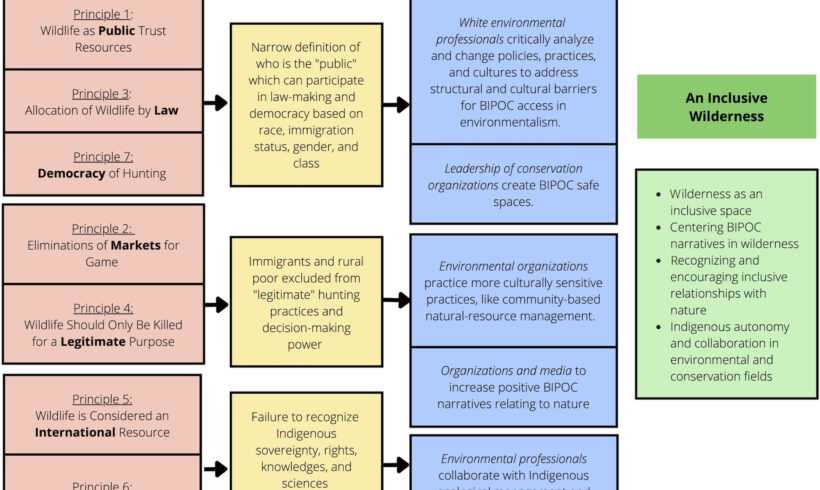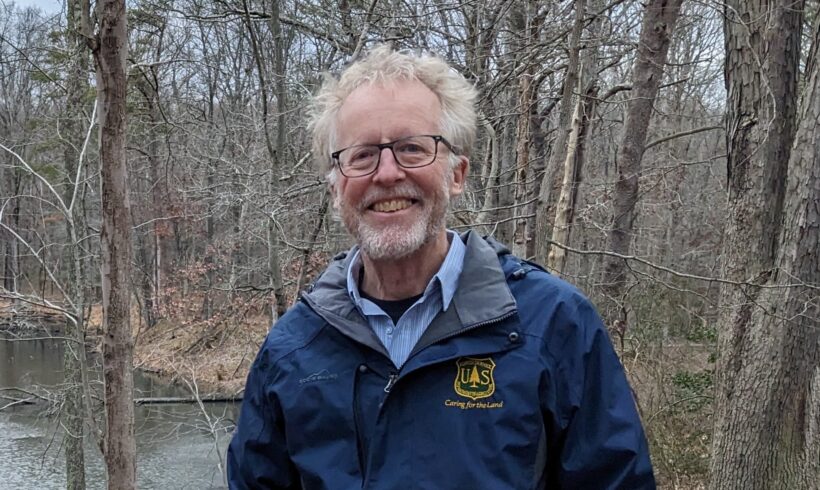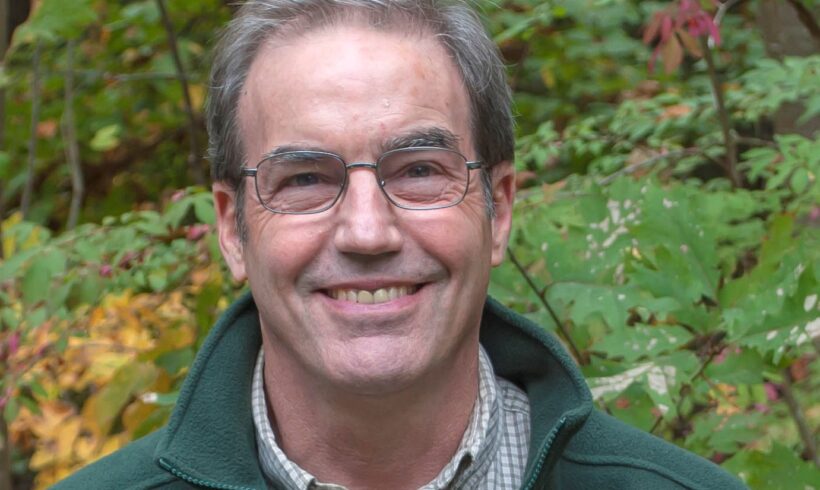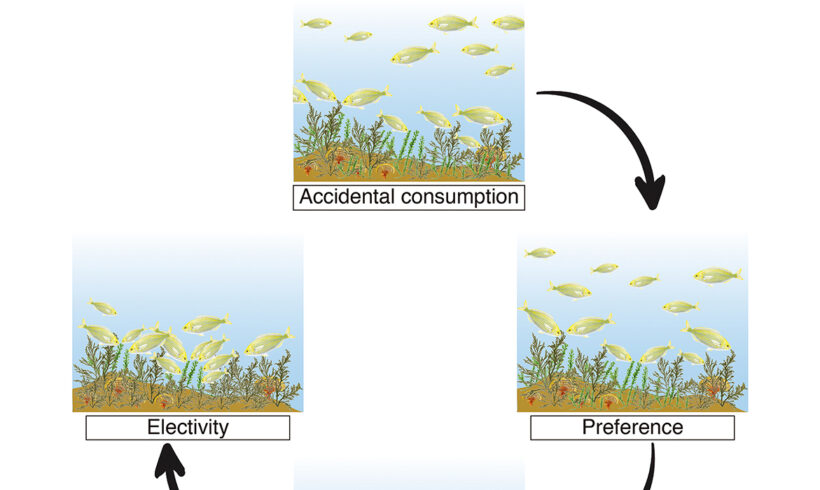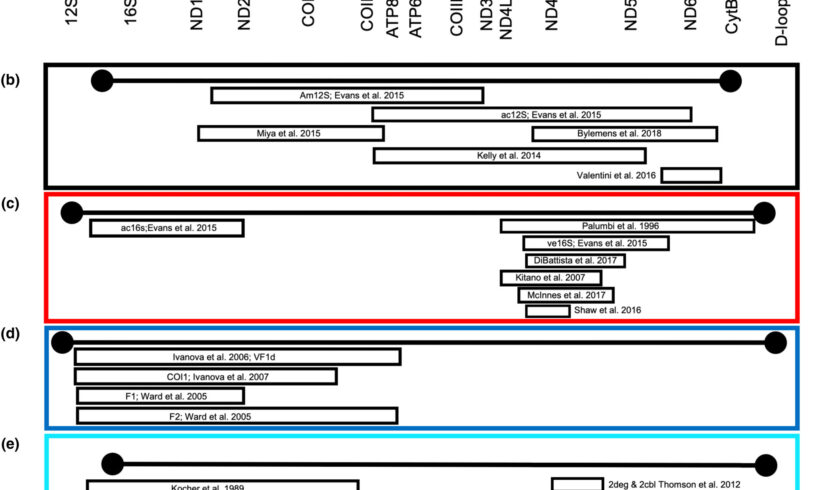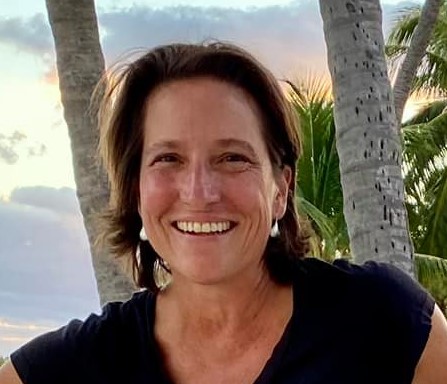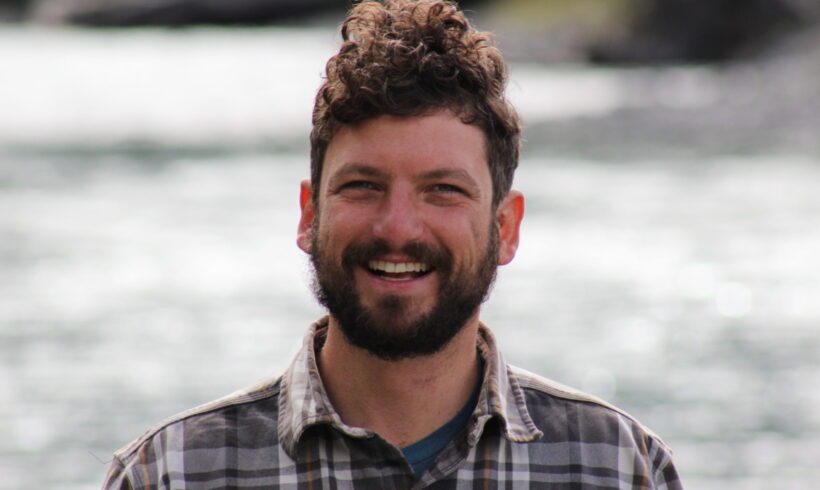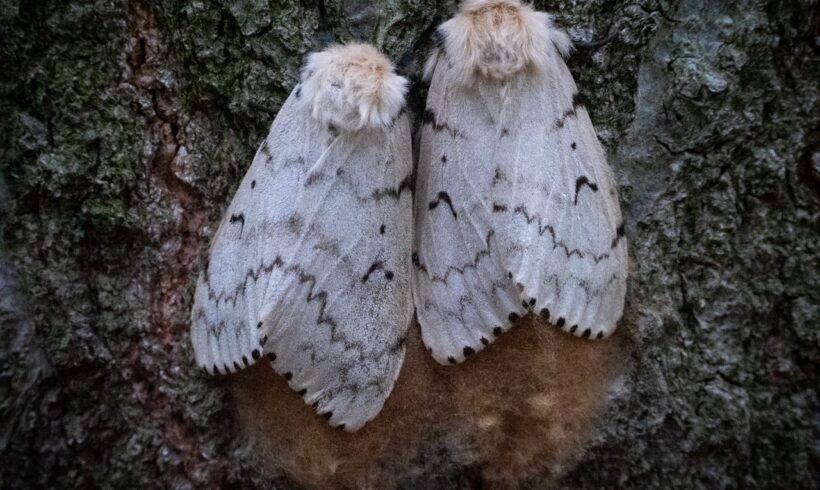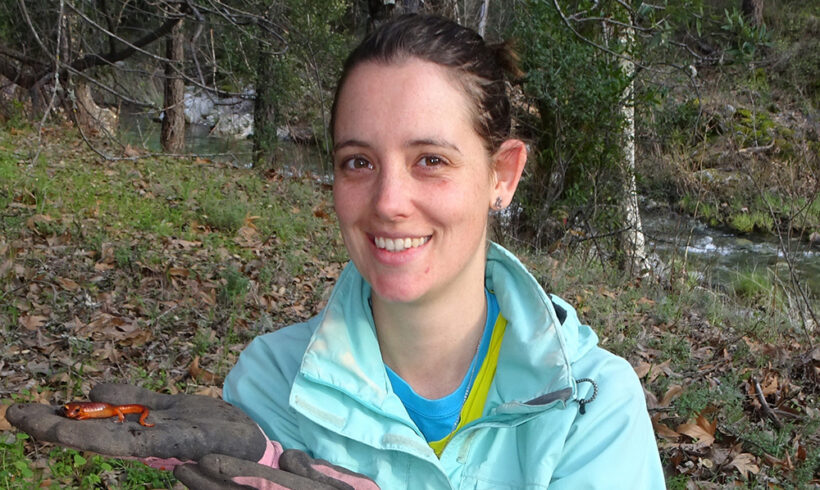This article reflects on how we can reframe our thinking and work to support equitable, inclusive, and just conservation science and practice.

New York Invasive Species Research Institute
Archive for category: Blog
Researcher Spotlight: Dr. Andrew Liebhold
This month, we interviewed Dr. Andrew liebhold, a research entomologist with the U.S. Forest Service's Northern Research Station with over three decades of experience studying invasion ecology of major forest invasives.
Remembering Gary Lovett
We are deeply saddened by the passing of Dr. Gary Lovett, a key advisor, collaborator, and friend. His legacy will live on through his highly impactful efforts to connect science to decision makers.
Time, patience, and biodiversity: a recipe for biotic resistance?
This article explores a case study of biotic resistance, where over time native species may limit the invasion of other species. A native herbivore learns to consume an invasive alga in less than a decade.
Integrating EDRR surveillance with eDNA metabarcoding
How complete are current eDNA reference libraries for the Laurentian Great Lakes region? Can we confidently integrate invasive species detection with biodiversity sampling?
Researcher Spotlight: Dr. Angela Fuller
This month, we interviewed Dr. Angela Fuller, whose work spans a variety of wildlife and conservation issues across the globe and helps guide natural resource management.
Missed signals: Invasive species noise disrupts native species communication
Invasive species vocalizations may be a significant avenue for competition among species. This thought-provoking article gives a glimpse into the potential effects of invasive species disrupting a soundscape.
Researcher Spotlight: Dr. Steve Grodsky
This month, we interviewed Dr. Steve Grodsky at Cornell University who specializes in the emerging field of energy ecology — the study of interactions among energy development, ecosystems, and people.
Peering into predictors at the spongy moth invasion front
Shifting temperature regimes can influence the suitability and spread of invasive insects, including spongy moth. How can secondary host plant connectivity support its expansion across the U.S.?
Researcher Spotlight: Dr. Annette Evans
This month, we interviewed Dr. Annette Evans, a postdoctoral researcher at UMass Amherst/Northeast Climate Adaptation Science Center, whose work combines invasion ecology and climate change to inform land management by modeling abundance and distributions of invasive plants.

